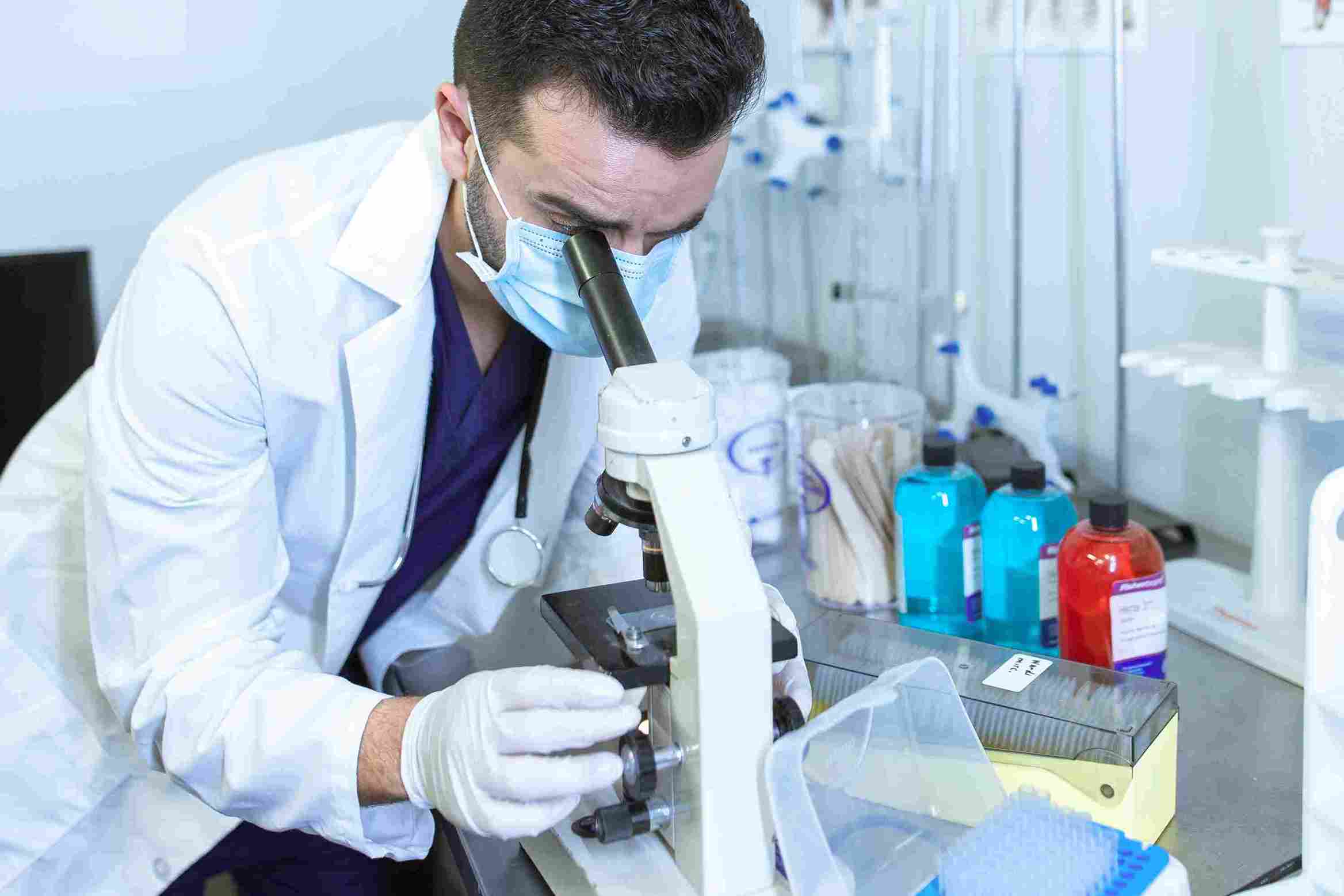This training program will examine how human factors/usability is the analysis of how people interact with medical devices. The process of conducting rigorous human factors studies throughout the design process, integrating it with the device risk analysis and design process, and validating the effectiveness of the studies will be explained. The various types and methods of human factors analysis will be explained. This process conforms to the new ISO 62366 standard and the new FDA guidance document.
WHY SHOULD YOU ATTEND?
The FDA will only approve devices designed so that it is practically impossible for people to accidentally harm themselves even if they use the device improperly. The FDA has replaced the term “user error” with “user error,” which means that it’s how the product is used and not a human error that is considered by the FDA to be a device nonconformity. As a result, human factors should be considered in the design process, and the burden is now on the device designer to create an “idiot-proof” product.
Human Factors Usability Testing is the analysis of how people interact with medical devices. This session will explain the process of conducting rigorous human factors studies throughout the design process, integrating it with the device risk analysis and design process, and validating the effectiveness of the studies. The various types and methods of human factors analysis will also be explained. This process conforms to the new ISO 62366 standard and the new FDA Guidance document.
AREA COVERED
- The need for understanding and optimizing how people use and interact with technology
- Definitions: Use scenario, task, critical task
- Latest FDA Guidance on applying human factors and usability engineering to medical devices
- Usability plan
- Use specification
- Usability hazard analysis
- Use-related hazards
- User interface specification
- User interface evaluation plan
- Preliminary analysis and evaluations
- Evaluation methods
- Analytical methods
- Empirical methods
- Verification and validation
- Human factors report
LEARNING OBJECTIVES
- User error versus use error
- Use related hazards and risk analysis
- User profiles
- Use scenarios
- Step-by-step human factors program development
- Validation
- Use specification template
- User interface evaluation template
- Usability validation control matrix form
WHO WILL BENEFIT?
- Development Engineers
- Production Management
- QA/QC Personnel
- Software Developers
- Usability engineers
- Risk managers
- Design Engineering Managers
- Engineer
- Engineer Management
- Quality assurance
- Regulatory Professionals
The FDA will only approve devices designed so that it is practically impossible for people to accidentally harm themselves even if they use the device improperly. The FDA has replaced the term “user error” with “user error,” which means that it’s how the product is used and not a human error that is considered by the FDA to be a device nonconformity. As a result, human factors should be considered in the design process, and the burden is now on the device designer to create an “idiot-proof” product.
Human Factors Usability Testing is the analysis of how people interact with medical devices. This session will explain the process of conducting rigorous human factors studies throughout the design process, integrating it with the device risk analysis and design process, and validating the effectiveness of the studies. The various types and methods of human factors analysis will also be explained. This process conforms to the new ISO 62366 standard and the new FDA Guidance document.
- The need for understanding and optimizing how people use and interact with technology
- Definitions: Use scenario, task, critical task
- Latest FDA Guidance on applying human factors and usability engineering to medical devices
- Usability plan
- Use specification
- Usability hazard analysis
- Use-related hazards
- User interface specification
- User interface evaluation plan
- Preliminary analysis and evaluations
- Evaluation methods
- Analytical methods
- Empirical methods
- Verification and validation
- Human factors report
- User error versus use error
- Use related hazards and risk analysis
- User profiles
- Use scenarios
- Step-by-step human factors program development
- Validation
- Use specification template
- User interface evaluation template
- Usability validation control matrix form
- Development Engineers
- Production Management
- QA/QC Personnel
- Software Developers
- Usability engineers
- Risk managers
- Design Engineering Managers
- Engineer
- Engineer Management
- Quality assurance
- Regulatory Professionals
Speaker Profile
 Edwin Waldbusser
Edwin Waldbusser
Edwin Waldbusser, is a consultant retired from industry after 20 years in management of development of medical devices (5 patents). He has been consulting in the areas of design control, risk analysis and software validation for the past 8 years. Mr. Waldbusser has a BS in Mechanical Engineering and an MBA. He is a Lloyds of London certified ISO 9000 Lead Auditor and a member of the Thomson Reuters Expert Witness network.
Upcoming Webinars

California Meal and Rest Breaks: What You Dont Know Can Cos…

Responding to EEOC Discrimination Charges-What's Your Busin…

Female to Female Hostility @Workplace: All you Need to Know

With Mandatory Paid Leave Gaining Ground Is It Time To Do A…


Conflict Resolution - Prevent, De-escalate, Resolve

Implementing an Effective Human Error Reduction Program

When Employees Travel: Wage and Expense Rules Employers Mus…

Validation Statistics for Non-Statisticians

Form 1099-MISC and 1099-NEC Compliance Update 2024

The Totally Organized Professional Is All About Outcomes

Project Management for Non-Project Managers - Scheduling yo…

GAMP5, Second Edition and Alignment with Computer Software …

Why EBITDA Doesn't Spell Cash Flow and What Does

Sunshine Act Reporting - Clarification for Clinical Research

Understanding the Math of HR… So You Can Show How HR Impact…

FFIEC BSA/AML Examination Manual: What Compliance Officers …

How to Address ISO's New Climate Change Requirements

I-9 Audits: Strengthening Your Immigration Compliance Strat…


Re-imagine Finance & Accounting Made Simple. Three Webinars…

Stay Interviews: A Powerful and Low-Cost Employee Engagemen…


How To Conduct An Internal Harassment And Bullying Investig…


Effective Onboarding: How to Welcome, Engage, and Retain Ne…

Managing Toxic & Other Employees Who Have Attitude Issues


Analytical Method Validation Under Good Laboratory Practic…

Do's and Don'ts of Documenting Employee Behaviour, Performa…

Do's and Don'ts of Giving Effective Feedback for Performanc…

Onboarding New Hires: Leverage the Potential of Artificial …

Using Behavior Based Interviewing for Finding the Best Matc…

Tattoos, hijabs, piercings, and pink hair: The challenges …

How to Document Employee Discussions and Why it is Important

Harassment, Bullying, Gossip, Confrontational and Disruptiv…

Best Practices for Working With Vendors and Suppliers

Understanding the Artificial Intelligence Landscape

Marketing to Medicare or Medicaid Beneficiaries - What You …

Accounting For Non Accountants : Debit, Credits And Financi…

Principles & Practices for the Cybersecurity of Legacy Medi…

Independent Contractor vs. Employee New Rule Issued by The …

Ultimate Persuasion Strategies! - Secret Influence Tools & …

Kicking your Employee Retention Efforts into Overdrive: Sta…
